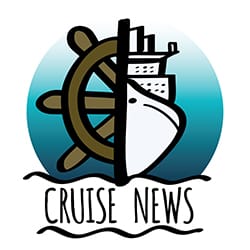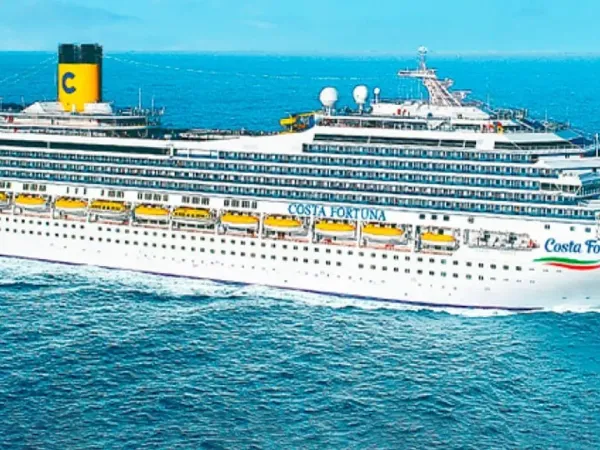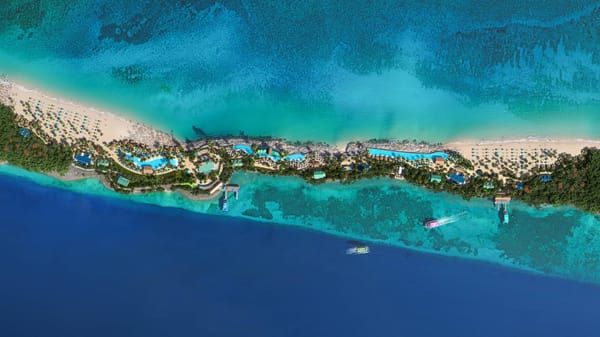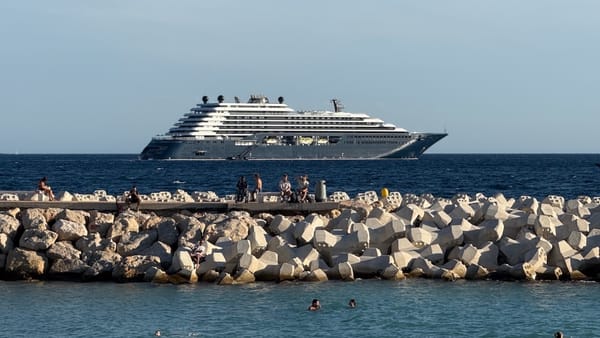Asuka III Completes Landmark LNG Bunkering, Advancing Clean Cruise Fuel in Asia
Asuka III’s LNG bunkering milestones highlight Japan’s efforts to decarbonize its ports, advance alternative fuel adoption in the cruise sector, and set precedents across Asia’s maritime industry.
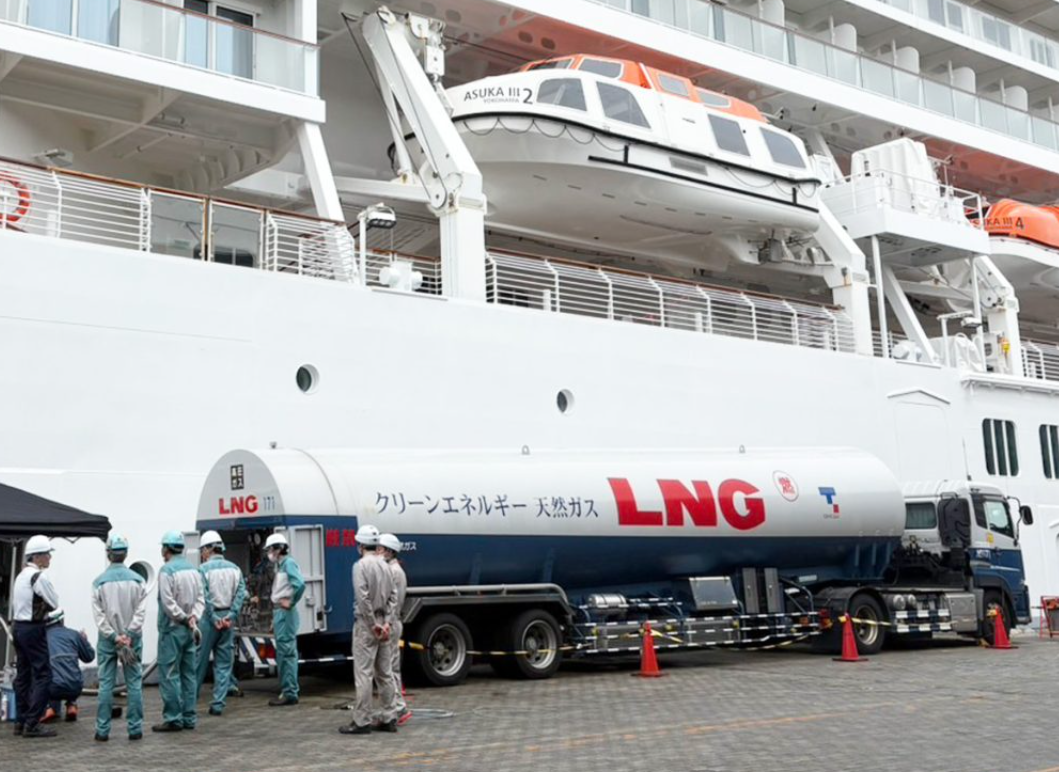
Japan’s largest cruise ship, the Asuka III, has recently completed a series of landmark liquefied natural gas (LNG) bunkering operations across Asia, signaling a step forward in Japan’s strategy to build cleaner maritime fuel infrastructure. Developed by NYK Cruises, a subsidiary of NYK Line, the 230-meter, 52,200-gross-ton vessel became the first Japanese-flagged passenger ship to receive LNG via both truck-to-ship and ship-to-ship transfers, underscoring the country’s commitment to reducing emissions and achieving carbon neutrality by 2050.
Major LNG Bunkering Milestones in Asia
On June 10–11, at the Osanbashi Yokohama International Passenger Terminal, Asuka III received LNG using four onshore tanks in a truck-to-ship transfer, the first such operation involving a cruise ship in East Asia. Yokohama has supported LNG bunkering since 2015 and views this achievement as part of a broader push to transform the port into a carbon-neutral hub by mid-century.
Before arriving in Yokohama, the vessel first took on LNG at the Singapore Cruise Centre in late May 2025, with fuel supplied by FueLNG, a joint venture between Shell Singapore and Seatrium. Dexter Belmar, General Manager and Head of Global Downstream LNG at Shell, thanked NYK for its trust and highlighted the company's existing bunkering services for NYK-operated car carriers and bulkers. Shell also stated that this was its first LNG supply to a cruise ship within the Asia-Pacific region.
Shortly after the ship’s christening on July 11 in Yokohama, Asuka III underwent Japan’s first ship-to-ship bunkering of a cruise vessel at Chuo Wharf in Hakata port, supplied by the LNG bunkering vessel KEYS Azalea. KEYS Bunkering West Japan Ltd. confirmed it was the company’s first bunkering of a cruise ship, showcasing the growing infrastructure for alternative fuels at multiple Japanese ports.
Technology and Environmental Considerations
Equipped with a dual-fuel propulsion system, the Asuka III can run on LNG or marine diesel, significantly cutting greenhouse gas, nitrogen oxide, sulfur oxide, and particulate emissions. A dynamic positioning system allows it to maintain its station without anchoring, protecting marine ecosystems. Its POD propulsion system enhances maneuverability and reduces onboard noise, adding to passenger comfort. The vessel also features shore power compatibility, enabling operators to switch off engines at compatible ports to reduce emissions further.
Asuka III’s Development and Specifications
Constructed by Meyer Werft, the Asuka III was floated out in January 2025 and delivered to NYK Cruises in mid-April of the same year. The ship can carry up to 744 passengers (some references note a capacity of around 770), supported by approximately 470 crew members. While larger in gross tonnage than the Asuka II, it accommodates fewer guests, offering a spacious, high-end experience across multiple decks and dining options. The vessel’s maiden voyage is slated for July 20, 2025.
Strategic Context and Economic Implications
These landmark LNG bunkerings spotlight the broader industry shift toward alternative fuels as cruise lines strive to comply with international emissions regulations. Yokohama, Hakata, and Singapore’s development of LNG services expands critical supply points in Asia for the growing number of dual-fuel vessels. Local authorities credit these efforts with advancing port decarbonization goals, reinforcing Japan’s national ambition to achieve net-zero emissions by 2050. For NYK Cruises, the Asuka III aligns environmental stewardship with the demand for premium onboard experiences, potentially attracting a wider market of eco-conscious travelers.
Frequently Asked Questions (FAQs)
Why is the Yokohama LNG operation significant?
NYK Cruises confirmed it was the first LNG bunkering involving a cruise ship in East Asia, completed via truck-to-ship at Osanbashi Yokohama International Passenger Terminal on June 10–11.
Who supplied Asuka III’s LNG in Singapore, and what was notable about it?
FueLNG, a joint venture between Shell Singapore and Seatrium, conducted the operation at Singapore Cruise Centre. It marked Shell LNG’s first-ever supply to an LNG-powered cruise ship in the Asia-Pacific region.
Was the Hakata operation a first for Japan?
Yes. KEYS Bunkering West Japan Ltd. stated its LNG bunkering vessel KEYS Azalea performed Japan’s first ship-to-ship LNG bunkering for a cruise vessel at Chuo Wharf in Hakata.
What makes LNG a cleaner fuel option for cruise ships?
LNG produces significantly fewer carbon emissions than traditional marine fuels. It also drastically reduces nitrogen oxides, sulfur oxides, and fine particulate matter, helping ships meet tighter emissions standards.
When does Asuka III begin service?
After its delivery to NYK Cruises in April 2025 and christening on July 11, the vessel is scheduled for its maiden voyage on July 20, 2025.
As Japan’s ports reinforce LNG bunkering capacities, the Asuka III stands as a prominent example of how cruise lines and coastal authorities are collaborating to adopt cleaner solutions that balance economic growth and environmental responsibility.
